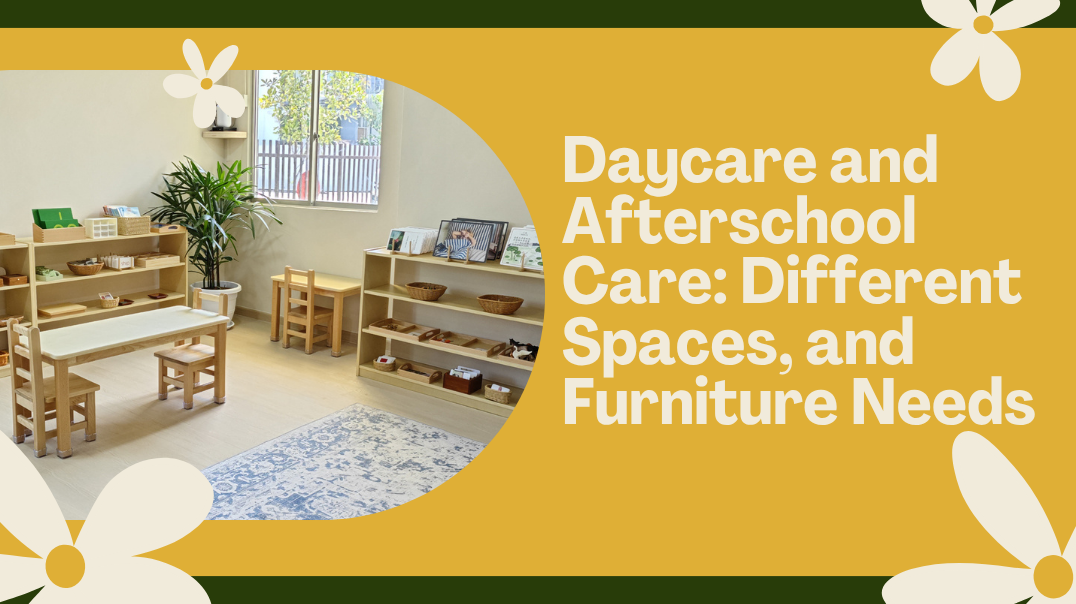What exactly is the difference between daycare and afterschool care? Do they serve the same age group? Should the furniture be the same? If not, how do their space and setup needs differ? And most importantly, how can you ensure children thrive in both environments?
Daycare and afterschool care serve different purposes, age ranges, and schedules, and each requires specific furniture and spatial design to support children’s safety, comfort, and development. Purpose-built setups not only enhance children’s focus and creativity but also help foster independence, cooperation, and emotional well-being in age-appropriate ways.·
Daycare and afterschool care may seem similar on the surface, but they serve different roles in a child’s daily rhythm. By understanding their distinct goals, routines, and environments, we can better support children’s learning, behavior, and emotional growth throughout the day. Let’s take a closer look.

Daycare คืออะไร?
For many parents, daycare isn’t just a convenience — it’s a vital part of their child’s early education and care journey. Daycare refers to a structured care setting where children — typically from infancy up to preschool age — are looked after during the daytime, usually while their parents or guardians are at work. It offers a safe and supervised environment that blends child care with early learning. Most daycare centers operate on weekdays and follow regular working hours, such as 8 a.m. to 6 p.m. While schedules vary, their core goal is to provide nurturing, age-appropriate care that supports a child’s physical, emotional, and cognitive development.
A daycare routine is built around consistency, social learning, and care. Children typically engage in group play, story time, free play with ของเล่นเพื่อการศึกษา, outdoor activities, rest periods, and meals. These daily rhythms help children develop communication skills, confidence, independence, and social-emotional awareness. The balance of play and structure supports early learning while keeping the environment fun and responsive. At its best, daycare becomes an extension of the child’s home — a place of trust, joy, and discovery.
While daycare and preschool both serve young children, they differ in key areas. Daycare usually offers full-day services and flexible hours, while preschool programs are shorter and more academically focused. However, many modern daycare centers now integrate preschool curricula for children aged 3 to 5, blending care with school readiness activities. This overlap can benefit families who need full-day support but don’t want to compromise on early education. In these cases, daycare functions as a multi-purpose environment, balancing care and early learning in one cohesive program.
As societies shift toward dual-income households and urban living, the demand for reliable and high-quality daycare continues to grow. Daycare is no longer just a solution for busy parents — it’s a critical part of a child’s educational journey, especially during the foundational years of brain development. When thoughtfully designed, daycare programs promote not just school readiness, but also lifelong skills like empathy, curiosity, and resilience. More than ever, families rely on daycare as a safe, educational, and emotionally supportive second home for their children.
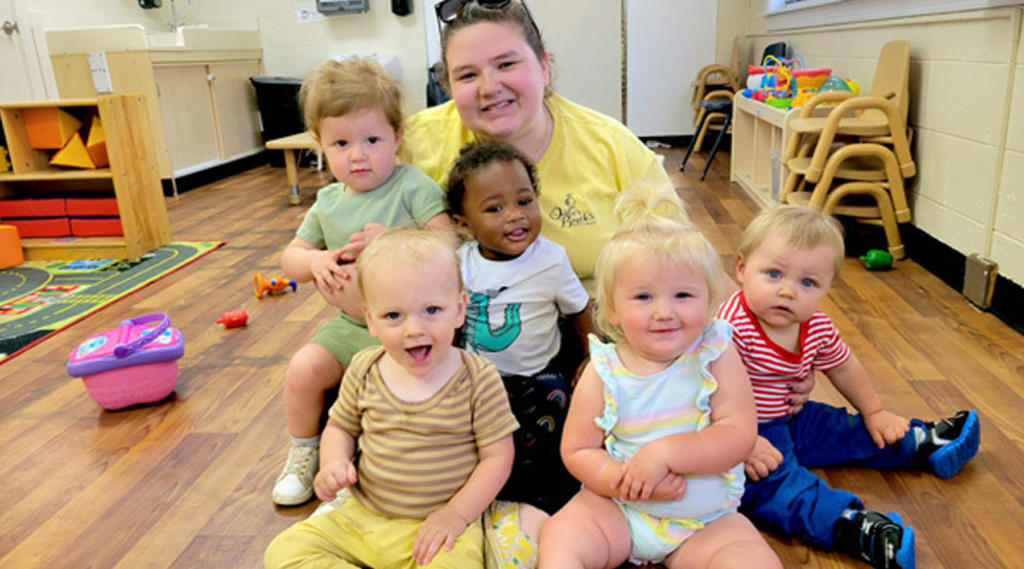
What is Afterschool Care?
What do children need after the school bell rings? Where do they go while parents are still at work? And how do we ensure they continue to grow, learn, and feel supported after a full school day? That’s where afterschool care comes in — a vital part of many families’ daily routines and a growing part of the early education ecosystem.
Afterschool care refers to structured programs that provide supervision, support, and enrichment for school-aged children during the hours following the end of the typical school day, usually between 3:00 p.m. and 6:00 p.m. These programs bridge the gap between school and home for working families, offering a safe and engaging environment where children can relax, interact with peers, and participate in fun and educational activities.
Most afterschool care programs are designed for children between the ages of 5 and 12, typically from kindergarten through elementary school. Some programs may extend services to middle school students. These programs are beneficial for parents who cannot leave work early and want to ensure their child is cared for in a supervised and enriching setting until they can be picked up. Unlike daycare, which focuses on full-day care for younger children, afterschool care is tailored to meet the needs of older, more independent children who have already spent several hours in a classroom.
Unlike daycare, which emphasizes basic care and early childhood learning, afterschool care focuses more on enrichment and extending the school experience in a relaxed format. Children aren’t being taught formal lessons, but they are still learning through play, problem-solving, exploration, and real-world application. This type of environment helps reinforce classroom skills, boost confidence, and expose children to new interests that may carry into adulthood.
In today’s world, where more parents work longer hours and children face increased academic and social demands, afterschool care serves as a critical buffer. It helps fill the gap between school and home with meaningful, age-appropriate experiences. For many kids, it’s more than just a place to wait — it’s a second home where they grow, play, and thrive.
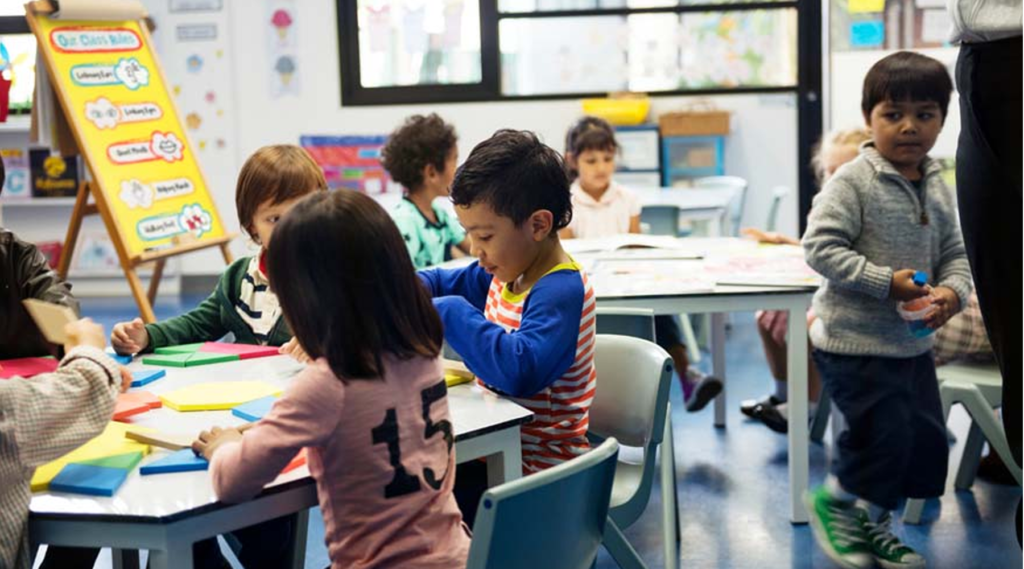
Daycare and Afterschool Care Comparison Table
| คุณสมบัติ | สถานรับเลี้ยงเด็ก | Afterschool Care |
|---|---|---|
| Core Purpose | Full-day care and early development for young children | Supervised care and enrichment after school for older children |
| Target Age Group | Infants to preschoolers (approx. 6 months to 5 years old) | School-aged children (approx. 5 to 12 years old) |
| Operating Hours | Typically 8:00 a.m. – 6:00 p.m. (full-day care) | Typically 3:00 p.m. – 6:00 p.m. (after school) |
| ที่ตั้ง | Daycare centers, nurseries, preschools, home-based centers | Highly structured routines often includes nap and meal schedules |
| กิจกรรมหลัก | Basic care, early learning, sensory play, naps, meals | Homework help, games, creative arts, sports, STEM, social interaction |
| จุดเน้นด้านหลักสูตร | Foundational learning, social-emotional development, early literacy/numeracy | Informal learning, skill reinforcement, interest-based exploration |
| Structure Level | Semi-structured, with more flexibility and choice in activities | Staff may consist of teachers, counselors, and volunteers, often less formal |
| Staff Requirements | Often require early childhood certification or credentials | Often follows the Montessori, Reggio Emilia, or local preschool curriculum |
| Parent Needs Served | Full-day childcare for working parents of younger kids | Supervised care during work hours after school ends |
| ปรัชญาการศึกษา | Calm, nurturing, and developmentally appropriate for young children | Focused on engagement, enrichment, and social development |
| สิ่งแวดล้อม | School readiness, motor skills, communication, and emotional security | Dynamic, age-appropriate, more independent |
| Meal/Nap Inclusion | Includes naps, snacks, and full meals | Usually includes snacks only, no nap time |
| Developmental Goals | School readiness, motor skills, communication, emotional security | Schools, community centers, churches, and youth organizations |
หากคุณมีคำถามหรือต้องการใบเสนอราคา โปรดส่งข้อความถึงเรา ผู้เชี่ยวชาญของเราจะตอบกลับคุณภายใน 48 ชั่วโมง และช่วยคุณเลือกผลิตภัณฑ์ที่เหมาะสมกับคุณ
How to Choose Daycare and Afterschool Care?
Choosing the right care environment for your child is one of the most important decisions a parent or caregiver can make. Whether you’re selecting a facility for your infant or looking for after-school support for your older child, the options can be overwhelming. Understanding what to look for in daycare and afterschool care programs can help ensure your child receives the nurturing, structure, and developmental support they need.
Understand the Difference Between Daycare and Afterschool Care
Before selecting a provider, it’s critical to understand the core differences between daycare and afterschool care. Daycare typically serves children from infancy through preschool age and runs during standard working hours. These programs focus on early learning, play-based development, socialization, and basic care routines like feeding and napping.
Afterschool care, on the other hand, is designed for school-aged children (generally 5 to 12 years old) and takes place after the school day ends. These programs emphasize enrichment, supervised play, academic support, and social interaction in a more flexible setting.
Key Factors to Consider When Choosing Care
Safety and Cleanliness
Always visit the location in person. Check that the facility is clean, well-ventilated, and equipped with age-appropriate furniture and safety features. In daycare environments, you should see rounded corners, secured storage, soft flooring, and separate zones for eating, sleeping, and play. In afterschool settings, ensure spaces are organized, well-lit, and supervised — especially during homework time or physical activity.
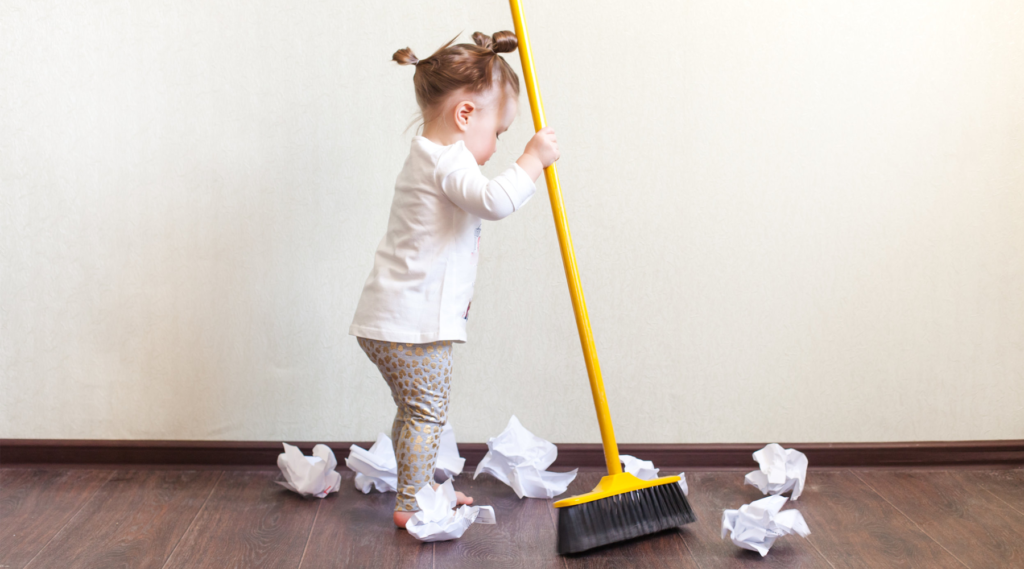
Curriculum and Daily Schedule
Ask for a copy of the daily schedule. Quality daycare and afterschool care programs follow structured yet flexible routines that balance learning, rest, and free play. For daycare, routines should include circle time, guided learning, sensory play, meals, and naps. For afterschool care, the day might begin with a snack, followed by homework help, group games, creative projects, and social time.
A well-balanced program supports your child’s physical, emotional, and intellectual development while keeping them engaged and secure.
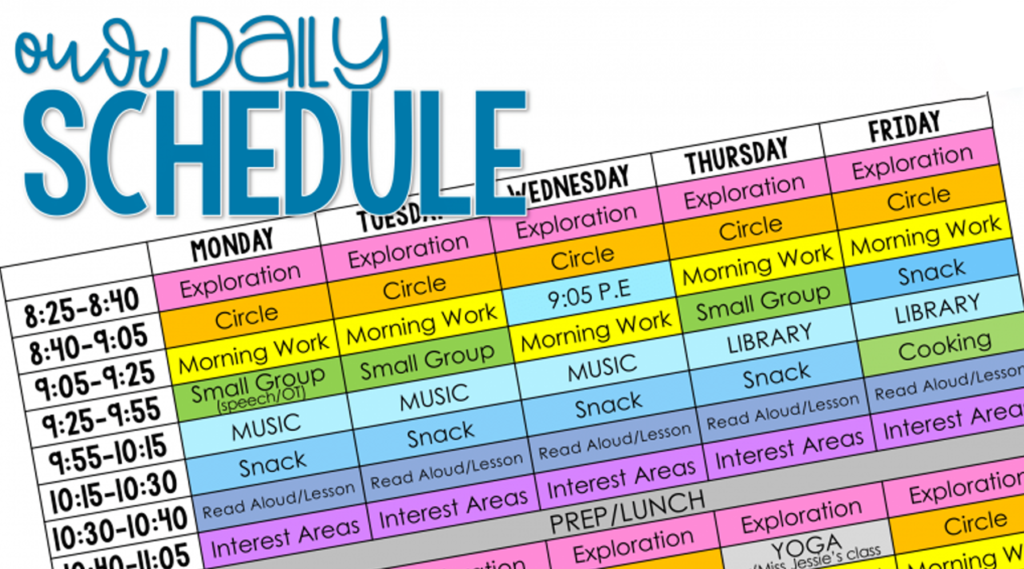
Flexibility and Communication
Life with children is unpredictable. Choose a provider that offers flexible scheduling options, extended hours, or drop-in care if needed. Communication is also key — the best daycare and afterschool care centers provide daily updates, progress reports, and open lines of dialogue with parents. Some may use mobile apps or email newsletters, while others prefer face-to-face conversations at pickup.
Visit and Observe Before Committing
No website or brochure can replace the value of an on-site visit. When touring daycare and afterschool care facilities, observe how staff interact with the children. Are the children engaged, calm, and comfortable? Is the environment stimulating without being chaotic? Can you envision your child thriving in that space?
Ask questions during your visit, such as how conflicts are resolved, what happens during emergencies, and how routines are adapted for different age groups. Be sure to look at the furniture, the สื่อการเรียนรู้, and the overall layout — does it match the developmental needs of your child?
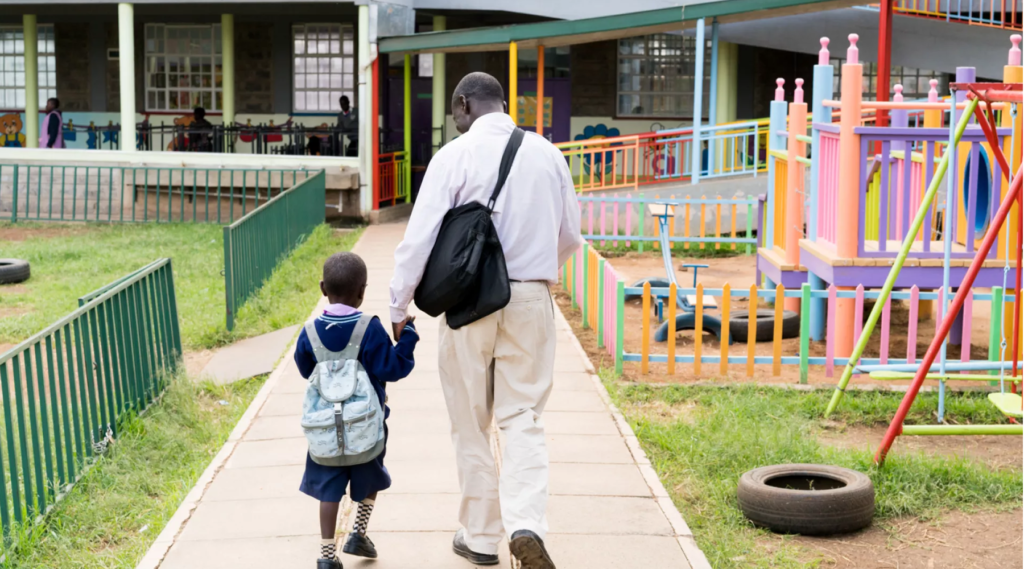
Understanding the Core Purpose of Daycare and Afterschool Care
To fully understand the difference between daycare and afterschool care, we need to begin with their core objectives. Though both are designed to support children while parents are working, the way they serve children, the age groups they target, and their program structures are fundamentally different. These differences not only affect educational outcomes and social-emotional growth but also have direct implications for how we design the physical environments and choose the furniture for each type of space.
What daycare is designed for (care + early learning)
Daycare is primarily intended for infants, toddlers, and preschool-aged children. These are the early formative years of a child’s life—ages 0 to 5—when their cognitive, emotional, and physical development is at its most rapid and fragile stage. Daycare centers are not just about supervising children while their parents are at work; they are intentional learning and development environments that blend structured routines with nurturing care.
The purpose of daycare extends beyond babysitting. It introduces young children to their first forms of social interaction, basic motor skill development, emotional expression, and foundational literacy and numeracy exposure. Activities are guided and intentional: story time, guided play, music and movement, sensory exploration, and even early science experiments. These activities demand a soft, safe, age-appropriate environment — one where furniture supports safety, accessibility, and exploration.
For example, infants require cribs, cushioned mats, and feeding chairs. Toddlers need low tables, small stools, and open shelving within arm’s reach to encourage self-direction. This intentional design is tied directly to the purpose of daycare: promoting growth while ensuring physical and emotional security.
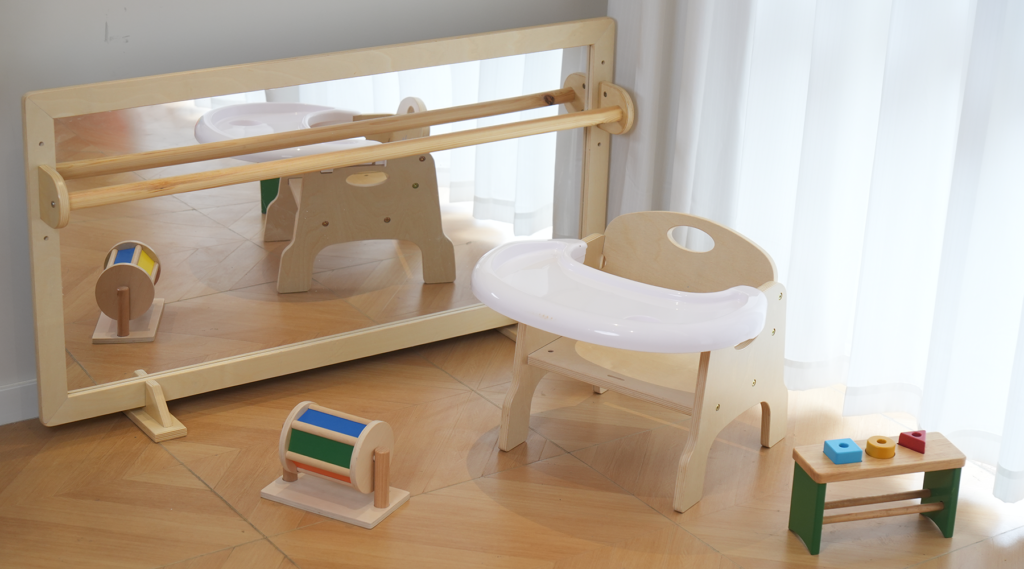
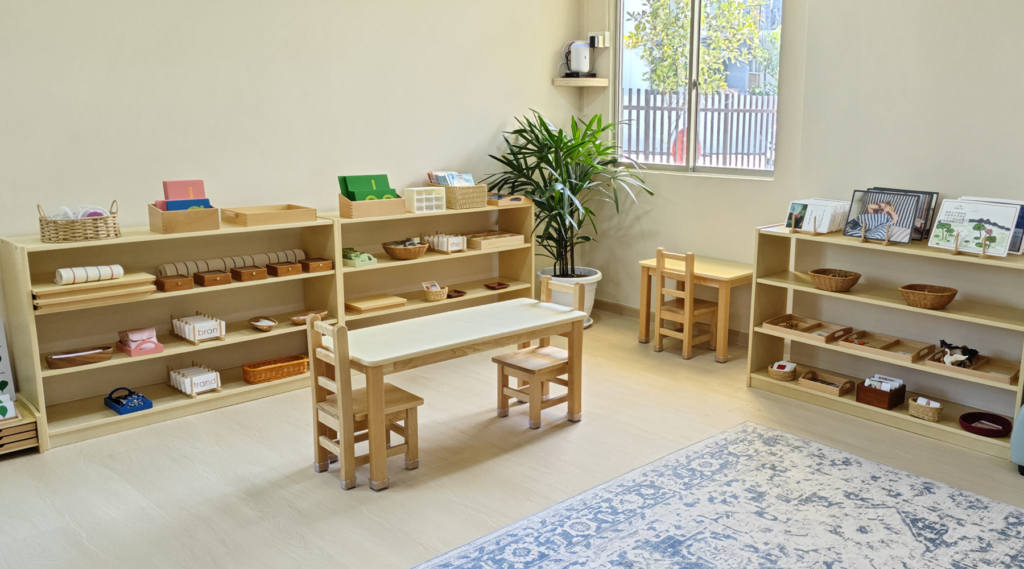
What after-school care is designed for (supervision + enrichment)
By contrast, after-school care is developed for school-aged children, typically between the ages of 5 and 12. These children have already spent their day in a structured learning environment. Afterschool care does not need to mirror the structure of formal schooling, nor should it. Its primary purpose is to provide a safe, relaxed, and supportive setting where children can unwind, engage in enrichment activities, and continue to develop social skills in a lower-pressure atmosphere.
Afterschool care programs are not academic extensions of school; instead, they are supplemental environments that focus on social engagement, creativity, problem-solving, and supervised independence. Activities such as ศิลปะและหัตถกรรม, team games, homework assistance, music, and even project-based learning (such as building, science clubs, or coding) are available every day.
The furniture needs here are significantly different. Children need full-size tables and chairs to do homework or art projects, flexible seating like bean bags for group reading or downtime, and open space for physical play. Storage solutions must accommodate school bags, books, and a variety of materials used across diverse activities. The space should encourage independence and self-direction while remaining structured enough to ensure safety and focus.
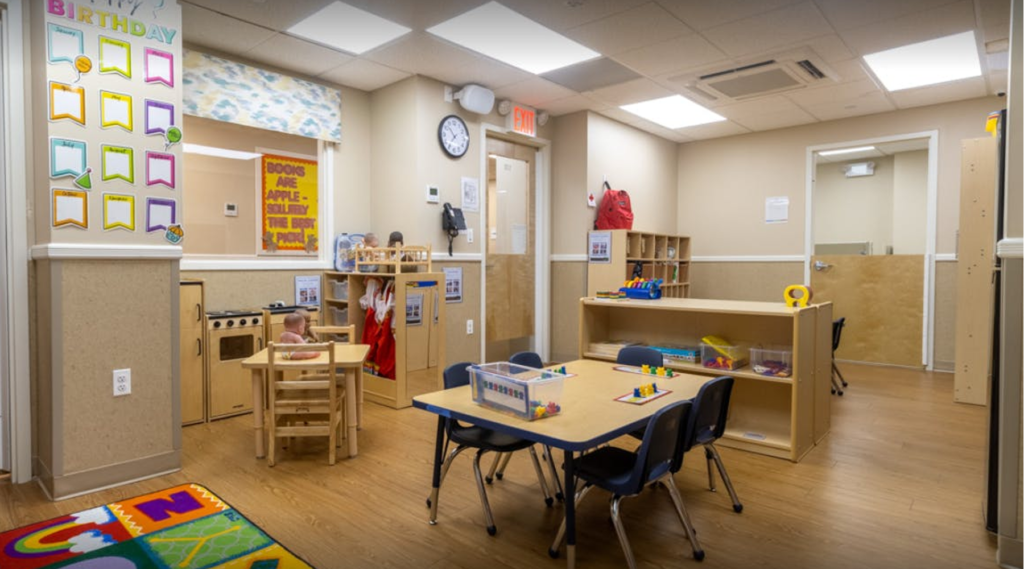

Differences in time, routine, and age group
Another critical difference between daycare and afterschool care is the daily routine and how it aligns with the child’s energy levels and developmental readiness. In daycare, children spend the entire day—from early morning until evening—in the same environment. Their time is divided between meals, naps, guided activities, free play, and hygiene routines. Every transition is carefully managed, and the environment must be calm, structured, and adaptable to frequent changes in energy levels.
Afterschool care, on the other hand, is limited to the post-school hours, generally between 3:00 p.m. and 6:00 p.m. Children arrive after a full day of academic work, often feeling mentally fatigued. Therefore, the environment needs to shift focus from instructional to decompressional. The space must allow children to rest, play, and recharge while giving them the freedom to make choices. This shift in timing and mental state must be reflected in how the space is laid out and how the furniture is used — more collaborative group areas, flexible seating, open activity zones, and easy-access materials.
In terms of age group, daycare deals with non-verbal or semi-verbal toddlers and very young children who are in the beginning stages of learning to communicate. Afterschool care, however, serves children with developed communication skills, greater independence, and more refined physical abilities. Thus, the scale and complexity of activities and furniture must also evolve accordingly.
หากคุณมีคำถามหรือต้องการใบเสนอราคา โปรดส่งข้อความถึงเรา ผู้เชี่ยวชาญของเราจะตอบกลับคุณภายใน 48 ชั่วโมง และช่วยคุณเลือกผลิตภัณฑ์ที่เหมาะสมกับคุณ
Daily Routine and How It Shapes Space Requirements
The routines followed in daycare and afterschool care environments are not just schedules — they define how spaces function, how children behave within them, and how learning and care happen throughout the day. By understanding these routines in detail, we can design learning spaces that match children’s physical energy levels, emotional needs, and developmental stages. These routines determine everything from room layout and zoning to furniture selection and traffic flow.
Typical Daycare Schedule: Feeding, Naps, Floor Play, Circle Time
In a daycare setting, the day is built around young children’s biological rhythms and developmental needs. The schedule starts early, usually between 7:30 and 9:00 a.m., when children are dropped off. Morning activities are designed to ease children into the day. Free play in open areas with soft, safe flooring gives them time to transition from home to daycare. Furniture here needs to be low to the ground, accessible, and built for safe interaction, such as padded blocks, child-sized tables, and open toy shelving.
Circle time usually follows, often on soft rugs or small group areas, where children sing songs, listen to stories, or participate in movement-based group activities. This routine fosters a sense of community, and the environment must support visibility, group seating, and easy transitions. Next comes snack or mealtime, which requires hygienic, stable tables and chairs that accommodate the height and motor skills of toddlers and preschoolers. Food service routines also demand smooth floor layouts to allow for safe movement and supervision.
Midday is often nap time — a critical aspect of the daycare day. Children rest on cots or mats in quiet zones with controlled lighting, sound insulation, and personal space. It’s not just about putting kids to sleep; it’s about creating an environment that signals rest and calm. This section of the room must be separate or reconfigurable, using partitions or curtains. After napping, the rest of the day includes more guided learning, outdoor time, and individual or small-group play.
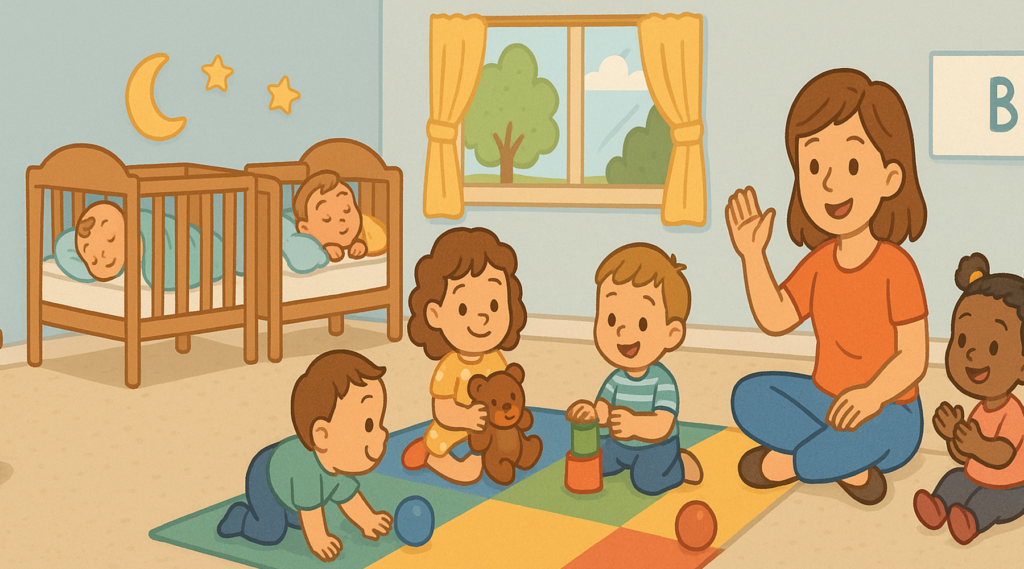
Typical Afterschool Routine: Homework Help, Games, Art, Physical Activity
In contrast, the after-school care routine is structured around older children who have already spent a whole day in a formal learning environment. These children arrive tired, often hungry, and in need of decompression. The first routine upon arrival typically involves snacks and informal socialization. The furniture and space must accommodate both rest and interaction — a mix of couches, benches, group tables, and open floor space works best.
After a brief rest, most programs include homework time. This routine requires a significant shift in spatial tone: quiet, focus-oriented zones with standard-sized desks or tables, adequate lighting, and minimal distraction. Unlike daycare spaces, where movement is constant and encouraged, this period of afterschool care needs spaces for concentration and academic support. Dividers or wall-mounted storage can help create separation from louder areas.
Once homework is completed, children transition into enrichment activities. These include art, music, building projects, and outdoor play. The environment now needs to be dynamic — furniture should be mobile, shelves accessible, and zones multi-functional. Children should feel free to choose their activities and take responsibility for materials, which means open, visible storage and labeled bins are essential. Unlike daycare, where adult guidance is constant, after-school care supports growing independence.
Why Different Routines Require Different Zones
Because the routines in daycare and afterschool care differ so much, their spatial zoning must reflect those differences. In daycare, children move through clear stages — play, eat, sleep, repeat — and the environment must help them transition gently and securely. This requires well-defined zones: eating areas must be separate from nap zones; play zones must be free of obstacles and appropriately soft; quiet zones must be shielded from noise and movement. Visual cues, such as color changes or flooring types, are often used to guide children without direct instruction.
Afterschool care, on the other hand, is far more dynamic. Children in these programs need flexible zones that can shift from individual to group activity, from loud to quiet, from structured to spontaneous. Furniture that is stackable, mobile, or modular is essential. In one afternoon, a single space may host a homework table, a board game area, and an art project station — often all at once.
The daily flow of activities directly informs how many zones a room must have, how those zones are arranged, and what materials and furniture are required for each. In both daycare and afterschool care, if the space is not designed to support the natural rhythm of the day, the result is not only chaos but lost learning opportunities and emotional distress for children. Therefore, the architecture of the day must be mirrored in the architecture of the environment.
Space Design Principles: Flexibility, Safety, and Function
The way a learning environment is designed has a profound impact on how children experience care, safety, and autonomy. In both daycare and afterschool care, space design is not simply about arranging furniture; it’s about creating a physical environment that supports the emotional, physical, and developmental needs of the children using it. Whether it’s a toddler learning to walk or a 10-year-old doing homework, the space must respond to their needs. Designing spaces that are flexible, safe, and functional ensures that the routines, behaviors, and growth of children are fully supported throughout the day.
Why Space Zoning Is Critical: Active, Passive, Learning, Social
One of the most foundational elements in designing effective spaces for daycare and afterschool care is zoning. Zoning refers to organizing a room into clearly defined areas based on types of activity. In a well-zoned space, children intuitively understand where to go for specific behaviors: where they play, where they rest, where they learn, and where they interact socially. These zones help maintain order, reduce overstimulation, and improve transitions throughout the day.
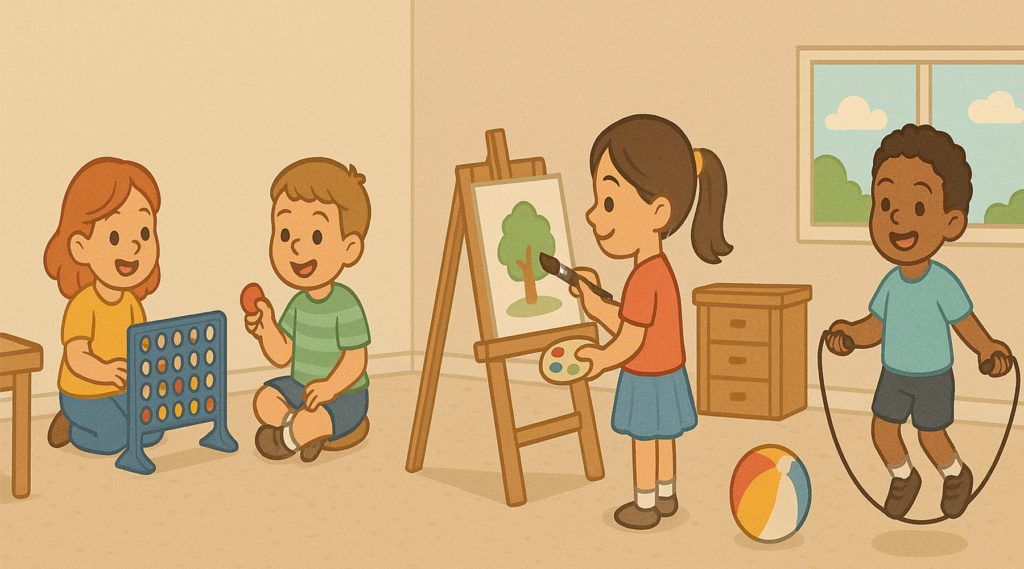
Active Zones
In both daycare and afterschool care, active zones are essential. These are areas where children can engage in physical play, movement-based activities, and high-energy interaction. In daycare settings, this might include soft climbing structures, movement rugs, and wide open floor space. In after-school care, active zones could feature games, sports equipment, or collaborative building materials. These areas must have ample clearance, durable flooring, and a layout that minimizes collision or crowding.
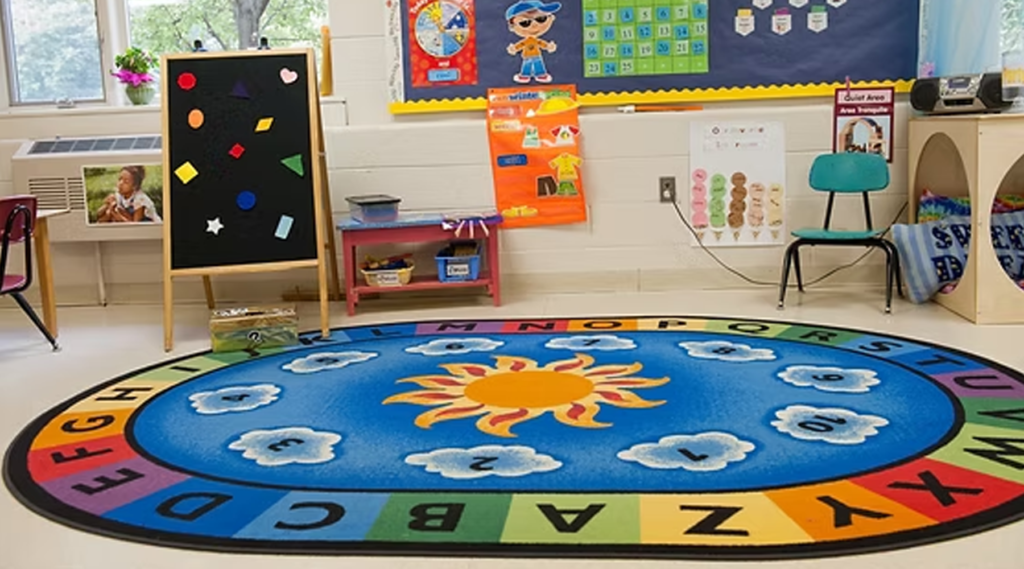
Passive and Quiet Zones
For children to regulate their energy and emotions, passive zones are equally critical. These areas provide space for children to engage in solo play, reading, or resting. In daycare, these are often nap areas or calm corners filled with soft textures and soothing colors. In afterschool care, they may include reading corners, art tables, or cozy spaces with beanbags for decompression. These zones must be protected from noise and foot traffic, and visually signaled using furniture, lighting, or partitions.
Learning and Task-Based Zones
Learning spaces should be intentionally designed based on age and activity. In daycare, this includes tables for sensory bins, language materials, and art stations at toddler height. In after-school care, task-based zones might feature long tables for group projects, individual desks for homework, or tech stations for coding or research. These spaces require appropriate lighting, seating proportions, and access to organized materials.
หากคุณมีคำถามหรือต้องการใบเสนอราคา โปรดส่งข้อความถึงเรา ผู้เชี่ยวชาญของเราจะตอบกลับคุณภายใน 48 ชั่วโมง และช่วยคุณเลือกผลิตภัณฑ์ที่เหมาะสมกับคุณ
Social and Community Zones
Daycare and Afterschool Care. Social interaction is essential in both settings. For daycare, small-group zones support early peer interaction and guided play. In after-school care, large communal tables or flexible furniture allow older children to collaborate on projects, play games, or talk. These zones should be central and visible, fostering a sense of connection and inclusion.
Adaptability: Stackable Furniture, Foldable Partitions, Movable Storage
Another vital principle in the design of daycare and afterschool care spaces is adaptability. No two hours in a child care environment look the same — spaces must shift quickly to support different activities, group sizes, and energy levels. That’s where adaptable furniture comes in.
Stackable furniture makes it easy to free up floor space for movement or group activities. Chairs and tables that are lightweight and safe to move give educators more control and allow children to participate in reshaping their environment. Foldable partitions are especially useful when one room serves multiple functions. They enable caregivers to section off parts of a room for focused work, naptime, or quiet play without requiring a permanent wall.
Movable storage—like rolling carts or low shelving on casters—supports both flexibility and independence. Children can access materials and put them away with minimal adult help, which builds autonomy. For daycare, storage units need to be low and soft-edged to reduce injury risk. For after-school care, taller, labeled units work well to hold books, games, art supplies, or tech tools. The more mobile the furniture and equipment, the more responsive the space becomes.
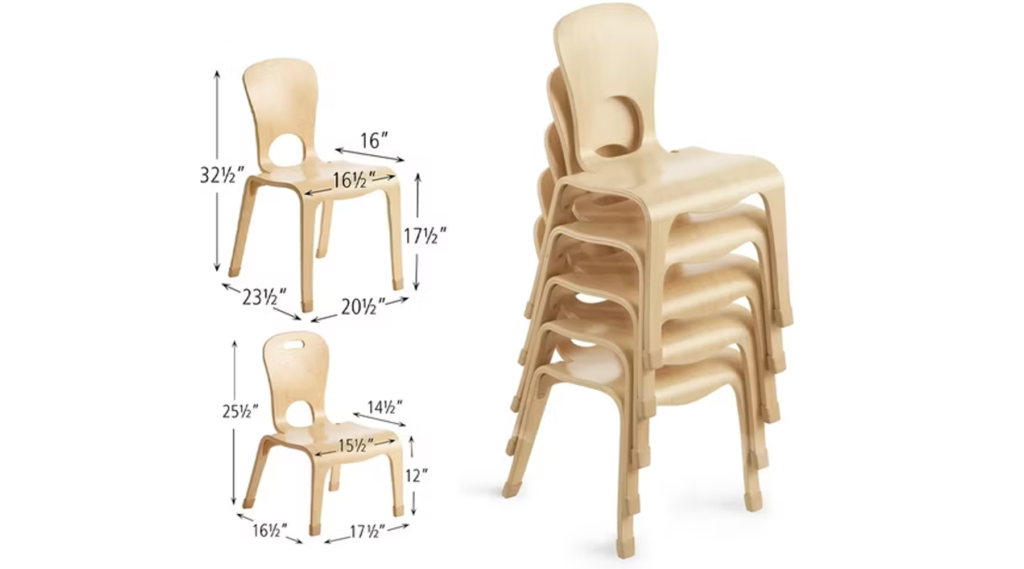
The Importance of Visibility and Supervision in Daycare and Afterschool Care Settings
Perhaps the most critical aspect of safety and function in any daycare and afterschool care space is visibility. Caregivers must be able to see and supervise all children at all times — even during naptime or independent play. This isn’t just about safety; it’s also about emotional security. Children feel more confident and grounded when they know they are being observed and supported.
To promote visibility, furniture should never be too tall or block sightlines. Shelving and storage should be arranged to define space without creating blind corners. In multipurpose rooms, flexible layouts allow educators to adjust the space to ensure constant supervision, no matter the activity. For example, in after-school care, a reading nook should be placed within the caregiver’s line of sight, not hidden behind tall bookshelves.
Proper lighting and window placement also contribute to visibility. Natural light improves mood and engagement, while well-placed windows allow for external supervision from hallways or adjacent rooms. Safety features like rounded edges, anchored furniture, and non-slip flooring must be integrated seamlessly into the layout without interrupting supervision lines.
Standard Mistakes When Designing for Both Daycare and Afterschool Care
Designing one space to serve both daycare and afterschool care can seem like an efficient use of resources. Still, it often leads to serious mistakes that impact children’s safety, comfort, and learning experience. These two environments serve different age groups, developmental stages, and daily routines. Attempting to combine them without careful design usually results in poorly functioning spaces, misused furniture, and even safety hazards. Let’s explore some of the most common mistakes that occur when trying to use a “one-size-fits-all” approach.
Using Daycare-Sized Furniture in Afterschool Care Environments
One of the most obvious yet frequently overlooked mistakes is the use of daycare-scaled furniture in spaces also used by older children. In facilities that aim to combine daycare and afterschool care in one room, it’s common to see toddler-sized chairs and low tables being used by children aged 7 to 12. This creates several issues.
Physical Discomfort and Poor Posture
Older children who are required to sit at furniture designed for toddlers experience physical discomfort, improper posture, and even minor injury. Legs don’t fit under tables, backs are unsupported, and children become restless or disengaged simply because the furniture does not suit their body size. This is especially problematic during homework sessions, where concentration is already under strain.

Psychological Impact
Furniture that feels “too young” can also make older children feel out of place. They may associate the space with being treated like a toddler rather than an independent learner. In environments meant to foster autonomy and growth, inappropriate furniture can inadvertently send the wrong developmental message.
Ignoring Nap and Rest Needs in Daycare
Another mistake is designing a shared space that fails to account for the nap requirements of younger children. In mixed-use rooms, nap time often becomes chaotic or ineffective because the environment cannot be fully transformed to accommodate sleep.
Lack of Separation
Infants and toddlers need quiet, dimly lit, peaceful environments to nap during the day. When these zones are shared with after-school care programs — which involve noise, games, and social activity — the result is sensory overload. Children struggle to rest, and caregivers struggle to manage multiple needs simultaneously.
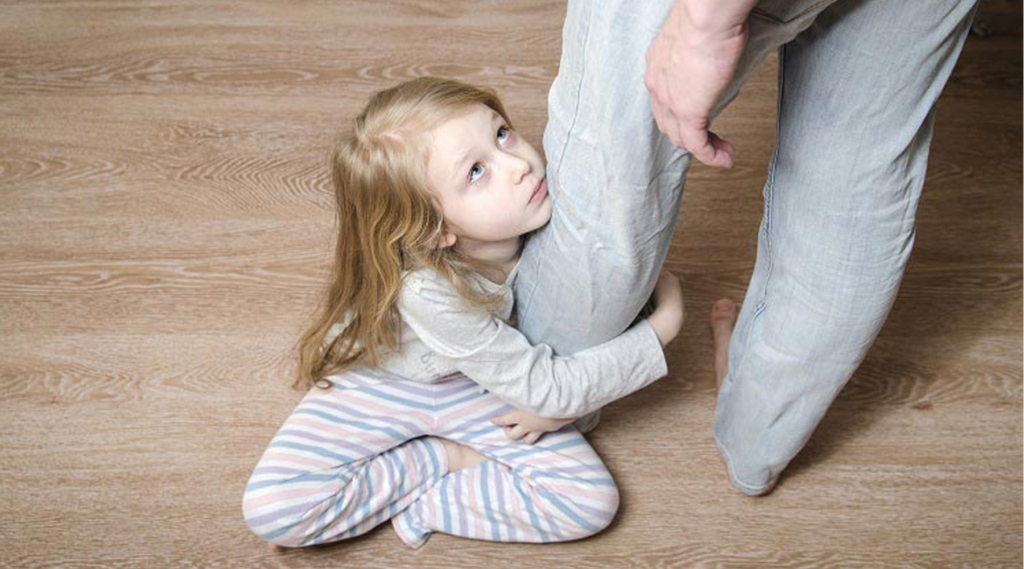
Inflexible Layouts
Even when the intention is to create a quiet zone, many spaces lack movable dividers, blackout shades, or storage for sleep mats. A room that serves both functions needs to be modular and adaptable. Without such flexibility, nap time becomes compromised, reducing the effectiveness of the daycare portion of the program.
Failing to Offer Flexible Options for Mixed-Age Use
If in settings where both daycare and afterschool care operate under the same roof, flexibility isn’t optional — it’s essential. Unfortunately, many designers fail to install the type of furniture or infrastructure that can adjust between age groups and activity types.
Furniture That Adapts
Height-adjustable tables, stackable chairs, foldable partitions, and mobile storage units allow the room to transition fluidly from one group to another. When these are missing, staff are forced to compromise — either by using improper equipment or by dedicating hours to manually rearranging the room. This leads to burnout and inefficiency.
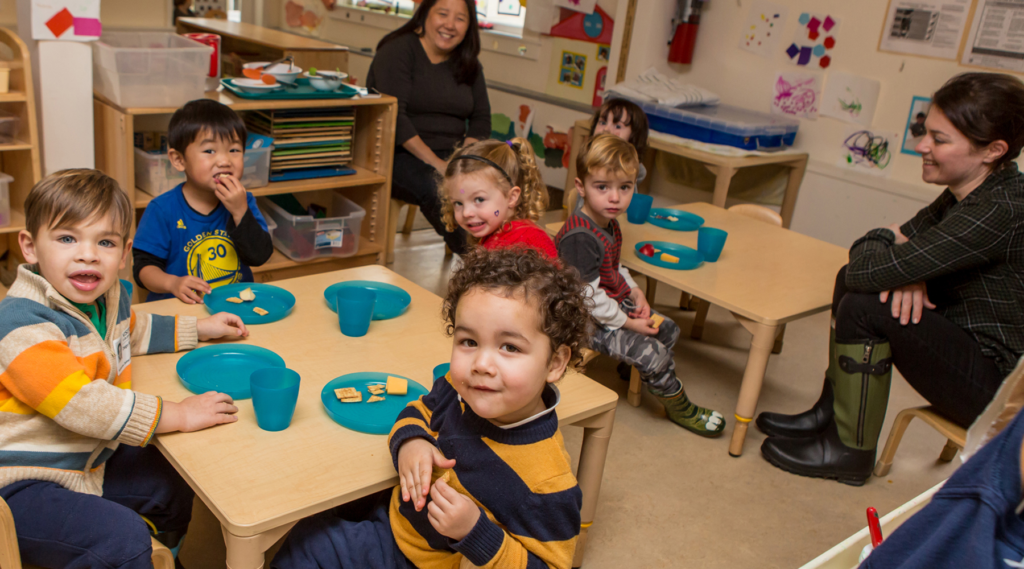
Storage and Materials Access
Toddlers and school-aged children require completely different materials. A well-designed space must provide separate storage for age-appropriate toys, books, tools, and art supplies. When materials for various ages are mixed or stored out of reach, educators lose valuable teaching time managing access and behavior.
หากคุณมีคำถามหรือต้องการใบเสนอราคา โปรดส่งข้อความถึงเรา ผู้เชี่ยวชาญของเราจะตอบกลับคุณภายใน 48 ชั่วโมง และช่วยคุณเลือกผลิตภัณฑ์ที่เหมาะสมกับคุณ
คำถามที่พบบ่อย
1: Can the same classroom be used for both Daycare and Afterschool Care?
While it’s possible, using the same classroom for both daycare and afterschool care requires careful space planning. The developmental needs of infants and toddlers differ significantly from those of school-aged children. To make shared spaces successful, centers must invest in flexible furniture, mobile partitions, and activity zones that can be quickly transformed between age groups. Without this, the space may become inefficient or even unsafe.
2: How can furniture help children transition between Daycare and Afterschool Care?
Furniture plays a key role in creating clear transitions within a child’s day. In daycare and afterschool care, different age groups benefit from different spatial cues. For example, low tables and soft surfaces signal quiet time or early learning for younger children, while larger, adjustable desks and group seating promote autonomy and collaboration for older children. Choosing adaptable furniture supports smoother transitions and reinforces each child’s developmental stage.
3: What kind of learning materials should be included in Daycare and Afterschool Care environments?
The materials used in daycare and afterschool care should align with age-specific learning goals. For daycare, focus on sensory bins, stacking toys, picture books, and manipulatives that develop motor skills. For after-school care, include materials like board games, STEM kits, creative art supplies, and reading corners. Each material should be stored accessibly and labeled clearly to encourage independence and engagement.
4: Is licensing and certification the same for Daycare and Afterschool Care providers?
Licensing and certification for daycare and afterschool care may differ depending on local regulations. Daycare often has stricter rules related to caregiver qualifications, staff ratios, and health protocols, especially for infants and toddlers. Afterschool care may follow school-age care guidelines, which can be less stringent but still require safety training, background checks, and curriculum oversight. Always check regional licensing boards to ensure compliance.
5: How can you manage noise levels in mixed Daycare and Afterschool Care environments?
Noise control is a significant challenge in shared daycare and afterschool care settings. The key is spatial separation and acoustic planning. Use rugs, soft wall panels, and ceiling baffles to absorb sound. Divide active and quiet zones with partitions or storage units. Schedule louder activities during times when younger children are not napping, and designate separate areas for high-energy play versus focused tasks like reading or homework.
6: What role does cultural diversity play in Daycare and Afterschool Care space design?
Cultural inclusion enhances both daycare and afterschool care environments. Design should reflect a range of backgrounds through books, posters, music, and play materials that honor different languages and traditions. In addition, classroom layouts should support inclusive practices, such as group tables that promote collaboration or quiet corners that respect individual reflection. Representation matters at every age, and a thoughtfully designed space can help children feel seen, respected, and empowered.
บทสรุป
Designing effective environments for Daycare and Afterschool Care requires more than simply combining age groups into one space. These two programs serve different developmental stages, daily rhythms, and educational goals, and each demands its own approach to layout, furniture, routines, and supervision. From choosing the correct furniture sizes to zoning spaces for rest, play, and learning, success lies in recognizing and respecting their unique needs. With thoughtful planning, flexible materials, and a deep understanding of children’s behavior, it’s possible to create environments where infants, toddlers, and school-aged children can all thrive safely, confidently, and joyfully.
Ultimately, successful Daycare and Afterschool Care design supports not just functionality but long-term developmental outcomes. It empowers caregivers to deliver age-appropriate care while ensuring safety and adaptability across every part of the day.

